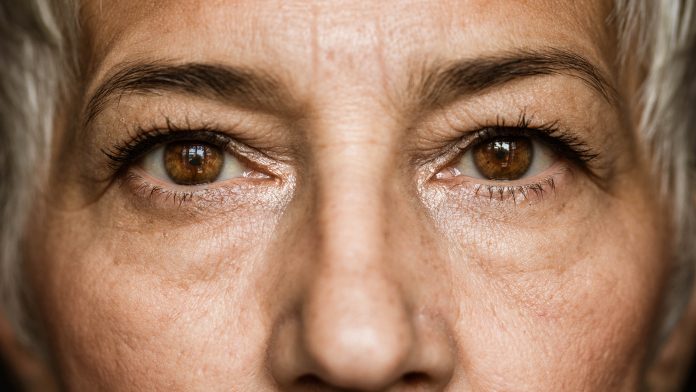A team of scientists have successfully developed a novel method of isolating the human corneal cells in order to generate biomaterials for corneal therapy.
In order to treat many cases of corneal diseases, doctors must perform a transplant using corneal cells from a donor.
Researchers from Osaka University have developed a novel method that could be used to generate corneal tissue in a lab more easily.
In a new study published in Stem Cell Reports, the research team demonstrate how culturing corneal cells derived from human induced pluripotent stem cells (hiPSCs) on specific proteins helped purify corneal epithelial cells (iCECs). Scientists used these purified cells to manufacture iCEC sheets that could be used for corneal therapy.
Unleashing the potential of hiPSCs
hiPSCs have the unlimited potential to produce any cell of the body. Unfortunately, tissue development using hiPSCs still mimics embryonic development. This characteristic means that when hiPSCs are directed to develop into tissues that consist of different cell types, the result is a mix of these cells.
The mixture of these cells make it difficult for scientists to reproduce specific parts of organs, like the cornea of the eye. This is because the eye consists of corneal, neuronal, retinal and several other cells. Until today, robust methods that enable the production and purification of corneas from hiPSCs have been lacking.
To achieve their goal, the researchers generated eye cells from hiPSCs and cultured them on five different types of the protein laminin, which occur naturally in the human body including the eye.
Binding iCECs to laminin
Scientists found that iCECs had a strong propensity to adhere to three of the five, while non-CECs preferred to bind to one specific type of laminin, called LN211.
The researchers then found that the difference between the various eye cells originates from differences in the production of integrins, a family of proteins on the surface of cells that links them to proteins outside cells, such as laminins.
One of the laminin proteins, called LN332, even promoted the proliferation in addition to the specific binding of iCECs, allowing iCECs to outcompete non-CECs, and thereby increase their purity.
“While LN332 appeared to be the optimal substrate for iCEC growth, it was not sufficient to achieve the high purity that is required for the production of cell sheets for corneal therapy,” says lead author of the study Shun Shibata.
Separating cells using magnetic-activated cell sorting
The researchers thus turned to magnetic-activated cell sorting (MACS), which allows the separation of cell populations using a magnetic field after coating specific surface proteins of cells with antibodies that carry magnetic nanoparticles.
By removing cells that produce the protein CD200 and then selecting for the cells that produce the cell surface marker SSEA-4 among the CD200- population, the researchers were able to separate most iCECs from non-CECs. To achieve high purity in iCECs, the researchers cultured these cells on LN221 and then on LN332 substrates, to further remove non-CECs and enable the adhesion and growth of iCECs only, respectively. The result was a highly purified corneal cell sheet.
“These findings show how our novel method, combined with MACS technology, can be used to produce corneal tissues from human stem cells,” says corresponding author of the study Ryuhei Hayashi. “Our vision is to facilitate regenerative medicine in the clinical setting.”







